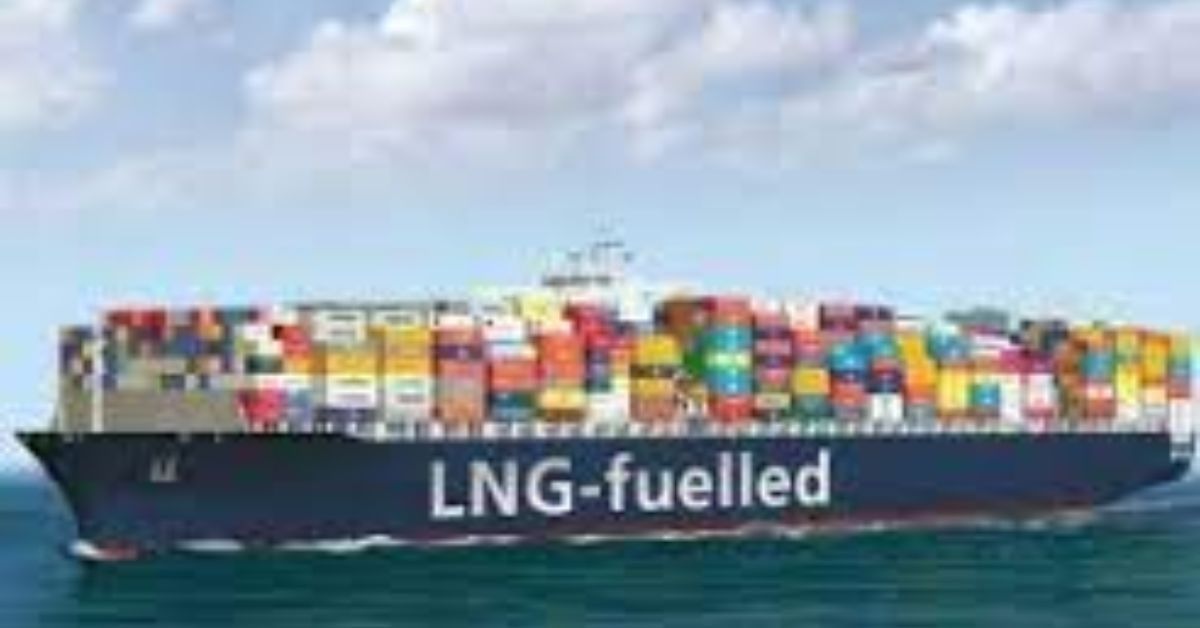On the westbound India-Europe trade, average contract rates from West India [Jawaharlal Nehru Port (JNPT)/Nhava Sheva or Mundra Port] to Felixstowe/London Gateway (UK) or Rotterdam (the Netherlands) have plunged to US$2,300 per 20-foot container and US$2,450/40-foot container, from US$3,500 and U$4,000, respectively, in the last week of October.
For West India-Genoa (the West Mediterranean) cargo, carriers are accepting bookings at US$2,200/20-foot box and US$2,500/40-foot box, compared with the October levels of US$3,750/20-foot box and US$4,100/40-foot box.
Eastbound cargo rates for these port pairings have, however, seen no changes month-on-month –continuing to hover at US$1,400/20-foot container and US$1,500/40-foot container for bookings from Felixstowe/Rotterdam and at US$1,150/20-foot and US$1,400/40-foot containers to West India (Nhava Sheva/Mundra).
Average short-term contract prices offered by leading liners for Indian cargo moving to the US East Coast (New York) have also crashed significantly from the October levels – down to US$4,750 per 20-foot box, versus US$6,350, and US$6,350 per 40-foot box, from US$8,350, and at US$3,650/20-foot container, from US$4,500, and US$4,850/40-foot box, down from US$6,050, for shipments to the US West Coast (Los Angeles).
For the West India-US Gulf Coast trade, rates have fallen to US$4,750 per 20-foot and US$6,850 per 40-foot container, compared with US$6,900 and US$9,050, respectively, at the end of October.
On the return direction, average contract rates have not changed from the levels maintained by major operators last month – pegged at US$1,075/20-foot box and US$1,434/40-foot box from USEC; at US$2,484/20-foot box and US$ 3,193/40-foot box from USWC; and at US$1,770/20-foot and US$1,843/40-foot box from the Gulf Coast, into West India (Nhava Sheva/Mundra).
Intra-Asia trades out of India have seen sharp declines this month from the October averages, with depressed trade volumes.
Average contract rates offered by major carriers to regular clients for bookings from West India (Nhava Sheva/JNPT or Mundra) to Shanghai (Central China) now stand at US$150 per 20-foot container and at US$250 per 40-foot box, versus US$350 and US$450, respectively, a month earlier. For Indian cargo to Tianjin (North China), rates are down to US$200/20-foot and US$350/40-foot container, from US$350 and US$400 in October.
For Indian shipments to Hong Kong, average rates are hovering at US$150/20-foot container and US$200/40-foot container, down from US$300 and US$400, according to the CN analysis.
Rates on West India-Singapore cargo have collapsed to US$50/20-foot container and US$100/40-foot box, from US$150 and US$250 last month.
Contract rate levels on the return leg have fallen measurably month on month, with the slide averaging about 30% for bookings from Shanghai/Tianjin to West India, the CN analysis shows.
“The stabilisation of freight rates was always expected as the rates during the pandemic were unrealistic just as they were prior to it,” said Sunil Vaswani, executive director of the Container Shipping Lines Association (CSLA).
Vaswani noted, “It’s just the speed with which the rates dropped that was unexpected.”
He further explained, “While on the one hand, the shipping lines increased capacities, on the other, the economic situation and in the US, UK and Europe, increased interest rates and the Russia-Ukraine war, all led to reduced demand.”
He went on to add, “Be that as it may, the shipping lines will continue to service the trade although redeployment of capacities within the various trade routes and off-hiring of tonnage is something that happens all the time and that is expected to continue so to optimise capacities and service levels.”
Freight forwarders have also noted the increasing demand slowdown across trade lanes, forcing carriers to adjust rates downwards.
“After a gap of almost two pandemic-laden years, the exim (export-import) game was expected to witness a steep surge this year, especially in the festive season,” pointed out Sanjay Bhatia, co-founder and CEO of digital forwarder Freightwalla.
Bhatia noted, “However, in contrast to this analysis, the demand for various consumer goods, including electronics, readymade garments, etc., has decreased significantly amidst global business volatility.”
He went on to explain, “Although the container shortage has eased out, and ports now have sufficient inventory to cater to the usual demand, a downfall in overall demand has led containers to stall at ports.
“This trend is quite a reversal post-acute container shortage faced by the global exim community since the first lockdown.”
According to Nisschal Jaain, co-founder and CEO of digital marketplace Shypmax, “Owing to geopolitical tensions, recession, and rising currency volatility, demands for goods have dampened globally. The falling demand was predominantly seen in industrial goods, textiles, and gems and jewellery.”








